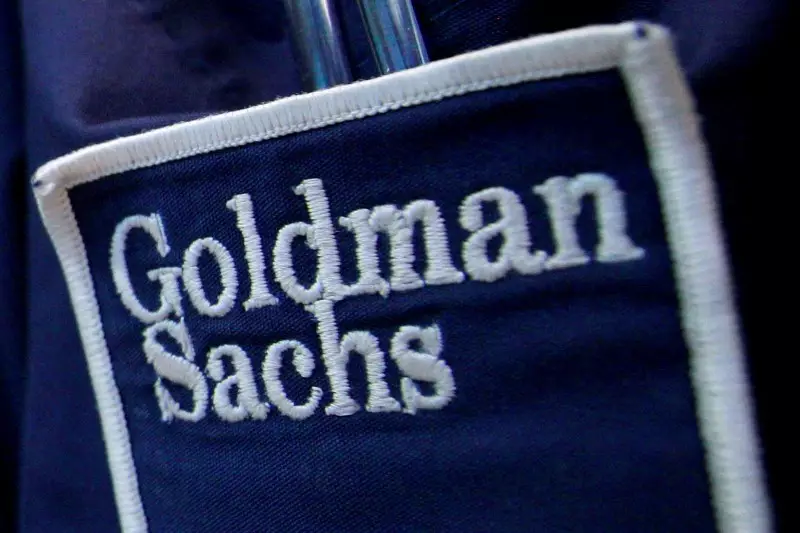As the economic landscape evolves, Goldman Sachs has posited a forward-thinking analysis regarding the U.S. economy’s prospects for 2025. One of the key insights revolves around the Gross Domestic Product (GDP), with Goldman forecasting growth at an impressive 2.4%, surpassing the prevailing consensus of 2.0%. This optimism stems from substantial private domestic demand coupled with robust business investments, particularly driven by advancements in artificial intelligence and federal initiatives like the Inflation Reduction Act. These factors indicate a more dynamic economic environment than previously expected.
Goldman Sachs further asserts that consumer spending will maintain its resilience, with an anticipated increase of 2.3% in 2025. Such growth can be attributed to several elements: real income gains, a thriving labor market, and favorable investments that enhance wealth due to rising equity prices. This multifaceted approach showcases how various economic elements interconnect, leading to sustained consumer confidence and expenditure, essential for driving economic progression.
Contrary to concerns of a softening labor market, Goldman believes that the unemployment rate may trend downward to 4% by 2025. A vital factor in this stability is the strong demand growth juxtaposed with a deceleration in the influx of immigrant labor. This dynamic could result in a tighter labor market, leading to wage increases and further stimulating consumer spending, creating a cyclical effect that underpins economic growth.
In addressing inflation, Goldman Sachs anticipates a decrease in core Personal Consumption Expenditures (PCE) inflation, predicting it to settle at around 2.1% by the end of 2025. This decline is expected due to easing wage pressures and the subsiding impact of catch-up inflation, suggesting that the inflationary spikes witnessed in previous years may be on the decline. As a response to these projections, analysts foresee the Federal Reserve executing three rate cuts in 2025, aiming to bolster economic growth amidst easing inflationary pressures.
Goldman’s examination crucially includes the probable impacts of political dynamics on the economic landscape. They predict that the incoming administration under President-elect Trump might refrain from attempting to dismiss Federal Reserve Chair Jerome Powell, highlighting legal interpretations surrounding removal procedures. Moreover, potential changes in immigration policy are essential to note, as net immigration is expected to decrease, reflecting stricter measures that may influence the labor market.
The firm also indicates the likelihood of heightened tariffs on imports, particularly from China, yet dismisses an all-encompassing tariff strategy due to the complex interplay of economic and political ramifications. Budgetary pressures are anticipated to persist, with defense spending and tax cuts complicating efforts for fiscal restraint. Overall, Goldman Sachs presents an intricate portrait of the 2025 economic forecast, encouraging stakeholders to consider a diverse array of factors that will shape the future trajectory of the U.S. economy.

